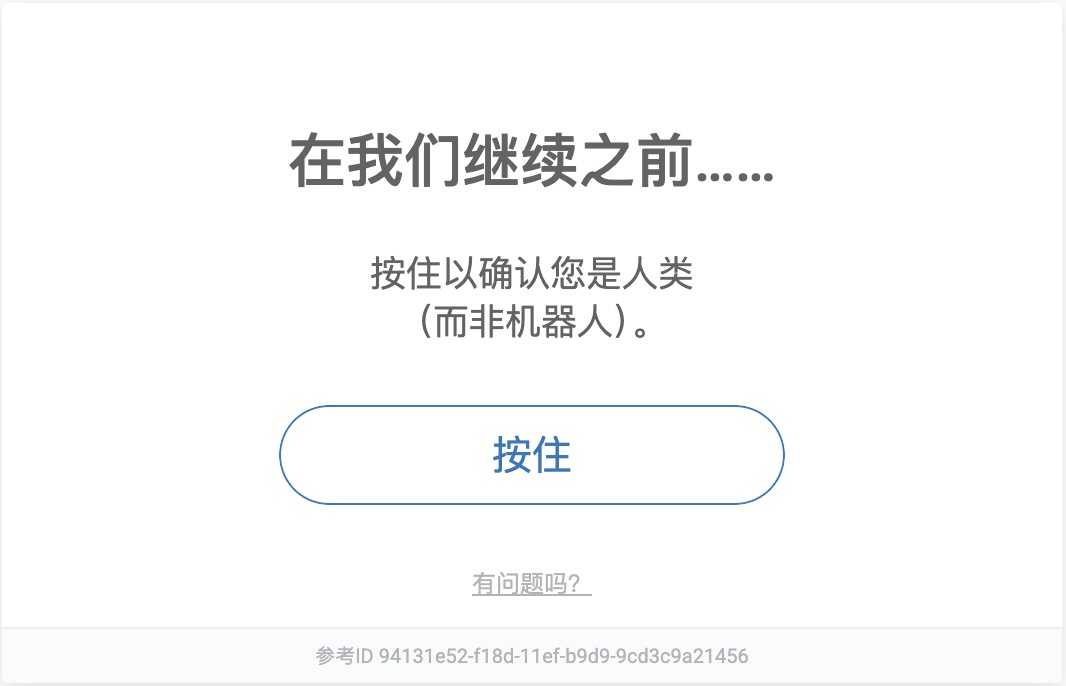By Group "GenZ AI"
For our recent endeavor focused on earnings call text analysis, the process of data acquisition was a rollercoaster ride filled with challenges and triumphs. Let me take you through our experience.
Option1: The Drawback of Existing Datasets
When launching our NLP project, we first explored existing datasets to accelerate development. Public resources like Huggingface's lamini/earnings-calls-qa and jlh-ibm/earnings_call provided valuable labeled examples.
However, a critical gap emerged: the most recent data only covered Q3 2023. Given financial markets' volatility, stale data risks generating outdated insights. This limitation forced us to build our own web scraper for real-time earnings call transcripts.
Option2: The Roadblock at Seeking Alpha
We explored open-source projects and identified Seeking Alpha as a popular source for earnings call data. Its key advantage: structured access to transcripts via stock tickers (e.g., AAPL). Here's our streamlined approach:
Step 1: Fetch S&P 100 Tickers
# Get S&P 100 tickers
import pandas as pd
from bs4 import BeautifulSoup
import requests
url = "https://en.wikipedia.org/wiki/S%26P_100"
response = requests.get(url)
soup = BeautifulSoup(response.text, 'html.parser')
table = soup.find_all('table')[2] # Target table position
df = pd.read_html(str(table))[0]
Step 2: Initial Scraping Attempt
We then tried scraping transcripts using Selenium:
# Basic scraping attempt (ultimately failed)
from selenium import webdriver
browser = webdriver.Chrome()
browser.get("https://seekingalpha.com/symbol/AAPL/transcripts")
time.sleep(5) # Wait for page load
# Interactive CAPTCHA triggered here
html = browser.page_source
# Subsequent parsing became impossible...
Key Obstacle: The Interactive CAPTCHA system blocked automated access. Even with proxy rotation, request throttling, and header spoofing, we couldn't bypass detection consistently, forcing us to abandon this approach.



Option 3: Structured Success at The Motley Fool
We discovered The Motley Fool's Earnings Call Transcripts offered a goldmine of well-structured data. Its paginated design (page=1 to page=500) enabled systematic scraping of ~10,000 transcripts.
Key Features
-
Predictable URL patterns: https://www.fool.com/earnings-call-transcripts/?page=x
-
Consistent CSS classes for data extraction
-
Minimal anti-scraping mechanisms
Step 1: Paginated URL Collection
from bs4 import BeautifulSoup
import requests
# Generate all page URLs
base_url = 'https://www.fool.com/earnings-call-transcripts/?page='
page_urls = [f"{base_url}{x}" for x in range(1, 501)]
Step 2: Transcript Link Extraction
# Extract individual transcript URLs
transcript_urls = []
for page in page_urls:
soup = BeautifulSoup(requests.get(page).text, "lxml")
links = soup.select(".flex.py-12px.text-gray-1100 a[href]")
transcript_urls.extend(f"https://www.fool.com{link['href']}" for link in links)
# Deduplicate and filter (every 3rd link is valid)
clean_urls = list(set(transcript_urls[::3]))
Step 3: Data Extraction Workflow
# Initialize storage
transcripts = []
metadata = []
for url in clean_urls:
soup = BeautifulSoup(requests.get(url).text, "lxml")
body = soup.find(class_="article-body")
# Extract structured elements
header = body.find_all("p")[1].text.strip().split("\n")
company = header[0].split("(")[0].strip()
ticker = header[0].split("(")[1].replace(")", "").strip()
date = soup.find(id="date").text
# Store results
metadata.append({"company": company, "ticker": ticker, "date": date})
transcripts.append("\n".join(p.text for p in body.find_all("p")[2:]))
This approach demonstrates how structural analysis of target websites can overcome scraping limitations encountered elsewhere. The Motley Fool's consistent formatting made it ideal for large-scale NLP data collection, ultimately providing 9,981 clean transcripts for our analysis.
Option 4: Augmenting Fresh Data with Historical Records
Our web scraping efforts on The Motley Fool successfully captured nearly 10,000 up-to-date earnings call transcripts, but this dataset skewed heavily toward post-2020 content. To enable longitudinal analysis of corporate communications, we needed historical context beyond this recent window.
We identified a complementary Kaggle dataset Scraped Motley Fool Earnings Call Transcripts containing 18,755 transcripts from 2017 Q3 to 2023 Q3. By merging these two sources and deduplicating entries using company tickers and call dates, we can created a unified corpus spanning six continuous years (2017-2023). This combined dataset preserves the latest market insights from our scraping work while incorporating critical pre-pandemic and early-pandemic era discussions, ultimately providing a robust foundation for NLP analysis of corporate narratives.